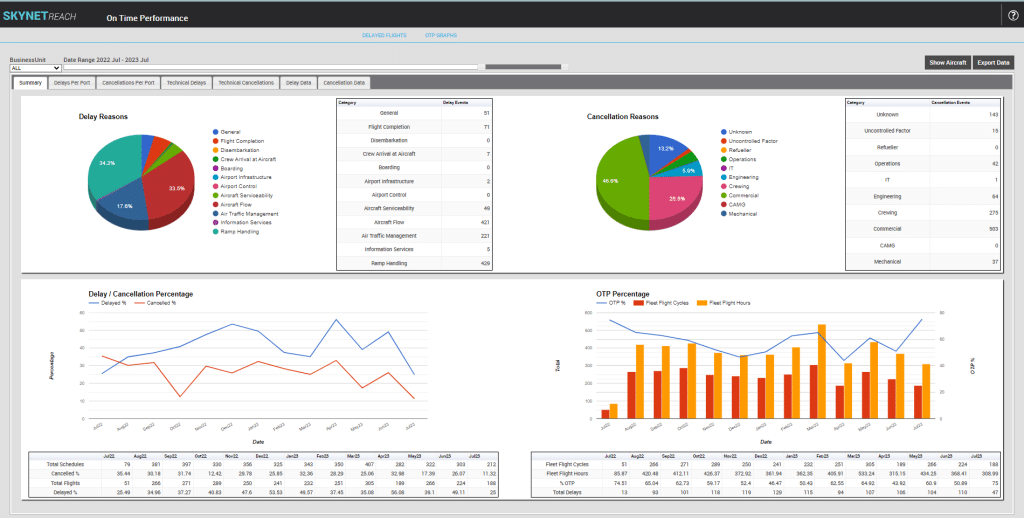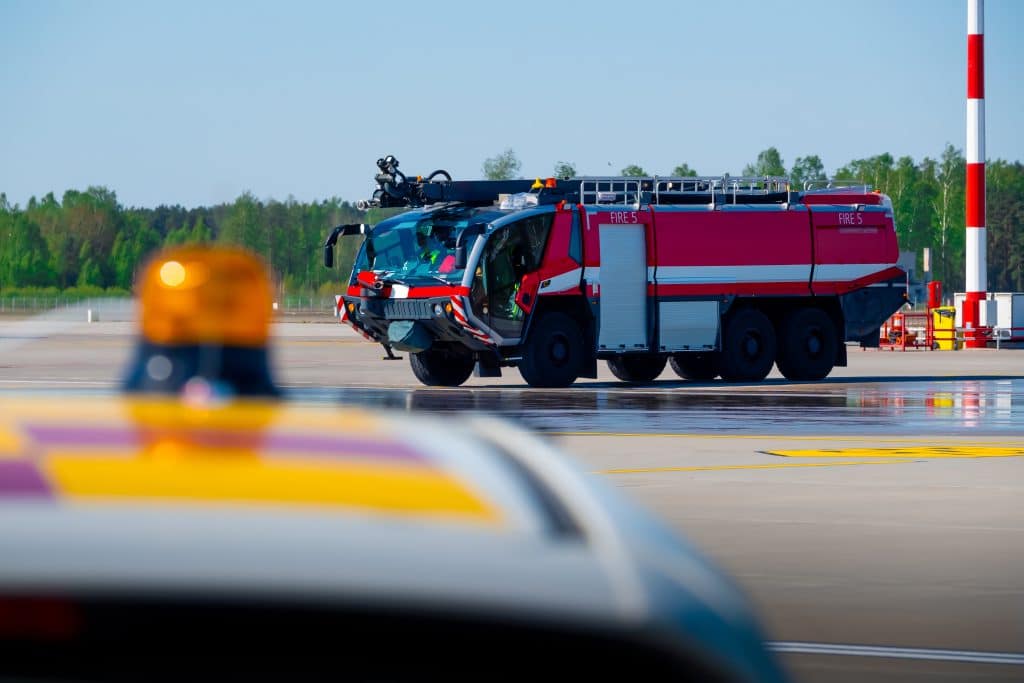SkyNet Aviation® now enables users to receive ADS-B transponder emergency alerts directly from the aircraft, bypassing the delays of the current system.
Announced in Brisbane, Australia, by SkyNet Aviation® Managing Director Jon Davis, the new ADS-B Transponder Emergency Alert Manager (TEAM) capability means that SkyNet REACH and SkyNet LASAW users can pick up the transmission directly when an aircraft broadcasts an ADS-B emergency squawk code.
“The key development here is not that the aircraft are broadcasting the codes in a different way, but that SkyNet Aviation® is bringing the aircraft’s operators and the relevant landing zone operators into the loop,” Davis says.
“Aircraft operators will want to know as soon as possible that one of their fleet is in trouble and, crucially, airport and helipad operators need the earliest possible notification that an emergency landing might take place at their location.”
To date, when an aircraft has encountered an issue and activates an emergency-coded squawk, the only people who would receive it were the air traffic controllers (ATC) for the area. Notifying other parties and coordinating the response was entirely up to them: aircraft operators, airports and landing area managers were passive participants.
However, with the new TEAM capability, SkyNet’s ADS-B system immediately detects the signal anywhere across its vast network and alerts the relevant REACH and LASAW users – even if the aircraft broadcasting the code is not managed via a SkyNet Aviation® solution.
“TEAM is the quickest way to inform airport and helipad operators of a runway or landing zone that a possible emergency is unfolding that may involve them. Their response may involve the wactivation of an emergency response plan (ERP) that could include sending fire trucks, activating runway lighting, recalling all airfield staff and clearing the area. All of that takes time, which will be in short supply in an emergency situation,” Davis says.
“For the aircraft’s own operations staff, TEAM enables them to prepare and manage the emergency on their end. Early warning means increased scope to de-escalate the situation and stop the emergency becoming an accident.”
In the initial release, TEAM will support the squawk codes for hijack, emergency and radio failure.
Because all squawk codes are broadcast on the same transmission protocols as regular ADS-B signals, they can only be picked up if the aircraft is within ADS-B coverage. This is either on the ATC service’s network, which has large gaps at lower altitudes, or under a SkyNet Aviation® commercial ADS-B solution where coverage is implemented specifically for the operator flight paths required.
For many operators flying to remote areas, publicly available ADS-B coverage is non-existent. This is where commercial ADS-B solutions come into their own, such as the 1.8 million square-kilometres of coverage that SkyNet Aviation® enabled throughout outback Australia for the Royal Flying Doctor Service.
“With the introduction of TEAM, SkyNet Aviation® is the only commercial ADS-B provider offering transponder emergency alert. We’re pleased to be able to offer it to our SkyNet LASAW or SkyNet REACH users.
“For operators of aircraft or landing areas, this new capability means they have yet another layer of proactive operational awareness.”
TEAM is just the latest in a succession of world-leading aircraft tracking and operations awareness features developed and launched by the fully independent aviation solutions developer. Indeed, Innovations of this type are nothing new for SkyNet Aviation®: it has offered world-leading alert duress signals services via satellite and cellular networks for many years.
To learn more about SkyNet REACH LASAW, click here.




